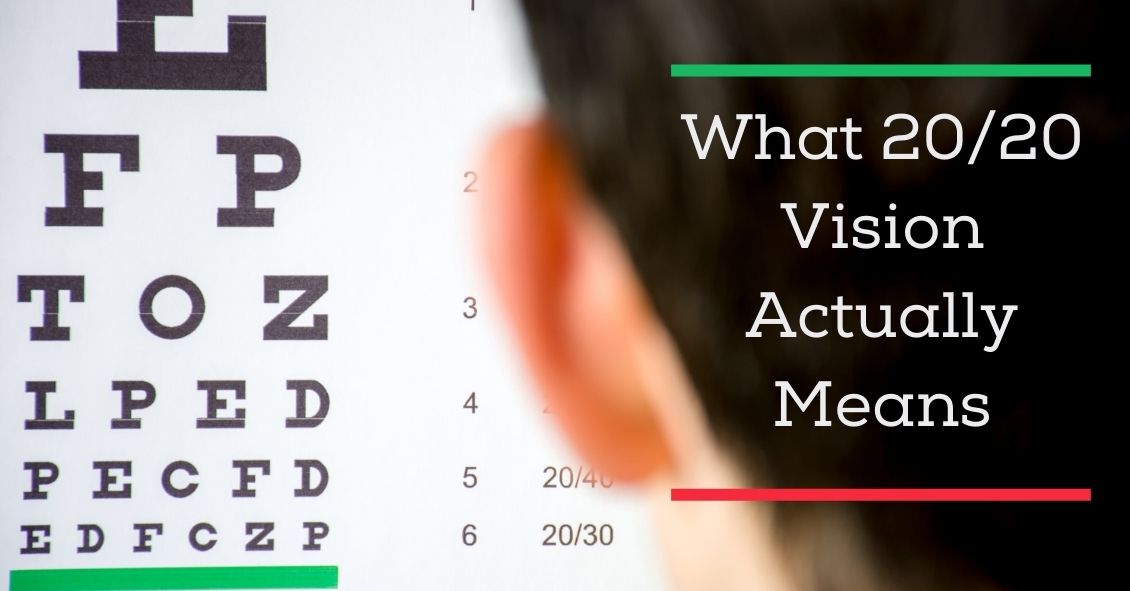

Some people can even have 20/15, which is better than 20/20 vision. For example, if you have 20/100 vision, you must be within 20 feet to correctly see what a normal person could see at 100 feet.

The second number refers to the distance someone with normal eyesight would be able to clearly read the same line.įor most people, the first number remains at 20, but the second number can vary greatly. The first number of your visual acuity, typically a 20, refers to the distance in feet between you and the chart. Your eye doctor will test each eye without the help of corrective lenses. As you progress down row by row, the number of letters will increase while their size decreases. A Snellen chart is an eye chart with eleven rows of capital letters with the first line containing only one letter. To test your visual acuity, your eye doctor will use a Snellen chart. You can have 20/20 vision and still have poor peripheral vision, depth perception, color vision, and more. It only measures how clearly you can see.

If you have 20/20 vision, you are capable of seeing an object clearly at 20 feet the way you should normally see it at that distance.Įven though 20/20 vision is good, it’s not perfect. The American Optometric Association defines 20/20 vision as normal visual acuity, which is the clarity or sharpness of your vision. While, technically, it does mean your eyesight is good, it doesn’t mean your eyes are without flaw. Many believe that 20/20 vision means perfect vision, but that isn’t the case.
#2020 VISION MEANING HOW TO#
Before we dive into how to maintain 20/20 vision, it’s crucial you know what 20/20 vision is.


 0 kommentar(er)
0 kommentar(er)
